If you have a question or comment, please use the form (below) to contact me. I'm here to serve.Contact
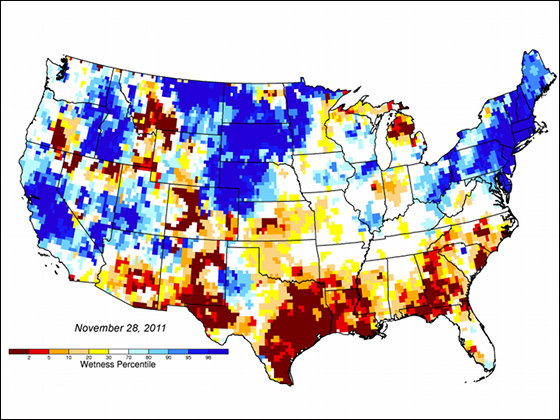 Climate Change
Climate Change
The risks of climate change or global warming are not easy to communicate clearly. Since the atmosphere affects everything, everything will be affected by its warming, furthermore, there is no single risk, but a wide and varied array of risks, of different severities and scales, affecting different systems at different degrees, unfolding on different timelines. It is difficult to convey to a layperson, at least without droning on and on, the complexity of this issue.
I was teaching a freshman Earth Science class at a local high school. The class and I finished watching a documentary called, “National Geographic Explorer: Bill Nye’s Global Meltdown,” and it was open for discussion whether or not climate change is a real and pertinent issue. Like most high schoolers, he or she could care less about the discussion or climate change. A few, however, answered my question with a simple, “no.” Then my rebuttal came back with a, “Why?,”and, “I could careless if you agree or disagree with idea of climate change but you have to support your opinion with facts or data.” My knowledge is now going to morph into a cerebral, in a lack of a better word, stud.
I appreciated Mr. Nye’s documentary on climate change so much that I modeled the format of this paper after to add additional information and inform my audience. In this paper, I explore many issues that will hopefully allow oneself to form an intelligent and substantiated base of knowledge on climate change. Using psychology to help label, I assimilate the five stages of grief to climate change.
First, however, “Climate Change,” is recognized by Google as a change in global or regional climate patterns, in particular, from the mid to late 20th century onwards and attributed largely to the increased levels of atmospheric carbon dioxide produced by the use of fossil fuels. The term climate change will be consistent with this definition. Since the Industrial Revolution, human sources of carbon dioxide concentration comes from cars, airplanes, trains, factories as well as activities like burning of oil, coal, and gas, and deforestation that contribute to the increased levels in the atmosphere. Shifting to the stages of grief we first see denial.
Denial, in a psychological sense, is a natural occurring process to help a person cope shortly after some cataclysmic event. In other words, a person could think that climate change is not real. However, 99.9 percent of the world’s scientists say that everything we burn for power generates carbon dioxide emissions are causing the earth to get hotter because we are sending CO2 up into the atmosphere at a faster rate than could be absorbed by plants. To help exemplify this point we will look at an article by Brian Kahn of Climate Central. He states that the world has surpassed 400 parts per million (PPM) never to return below this threshold in our lifetime (http://www.climatecentral.org/news/world-passes-400-ppm-threshold-permanently-20738).
As much as we do not want to believe the graph; how about looking right here in the United States. Florida is most vulnerable to climate disasters than any other state because it is surrounded by sea. 75 percent of the 20 million residents live in coastal counties (https://www.census.gov/prod/2010pubs/p25-1139.pdf). Those people will be partially submerged by the end of the century. Climate experts say at least a 6.6 inch rise in sea levels is a very plausible explanation and that could sink ⅘ of the state’s economy (Bill Nye). If we stick with our current behaviors on climate change in just 30 years Miami will be underwater. The city is well known for many beautiful beaches and thriving night life but billions of dollars and millions of people will not even exist or may have to relocate. Have I changed anyone’s way of thinking on climate change?
If you are a Florida resident you may think about letting government representatives make changes. Here is Florida’s state representative Rick Scott who is made it a priority to not even say the words, “climate change.” See this video that exemplifies governor Scott’s absolute stupidity and ignorance on the issue; https://www.youtube.com/watch?v=CGgQriiD8VI.
Another state representative of Pensacola, Mike Hill thinks that climate change has always been present on the earth. It goes through phases of warming and cooling and it has always survived. That may be true, but he is forgetting the most critical point, the rate that which CO2 emissions are being released into the air are the highest it has been in 680,000 years. I get it, many might think that who has been keeping track for that long. A researcher could answer, “the ice.”
A research team drilled 2 miles deep into the ice of Greenland and in between the snowflakes are pockets of air and within those bubbles are our atmosphere. The findings proved was yes there was times but what could not be proven was the rate or speed of heating and cooling . Could the temperature get any warmer?
Since the year 2000, it has been the warmest 15 of 16 years on record and the coldest was in 1916 (https://www.ncdc.noaa.gov/sotc/global/201513). Okay, maybe you are starting to believe but now let us look at Florida’s infrastructure. Drastic flooding took place in Pensacola. Scientists claim that is no coincidence, flooding in 2014 cost an estimated $150 million to rebuild new flood protection systems; three times the annual revenue. Can you imagine Florida’s whole coast line underwater? If that did not make you angry then I do not know what would.
The second stage of grief is anger. A person cannot hide from the truth-anger. One reason a person might be angry is the cause of climate change on the Tar Sands region of Alberta, Canada. Known as, “America’s lungs,”on account of the lush forests, now, is one of North America’s biggest energy suppliers because the Keystone pipeline is where the Tar Sands are located. This region helps produce low grade crude oil called Bitumen that is extracted from the sandy soil (http://ostseis.anl.gov/guide/tarsands/). This oil is so crude that it admits more CO2 than oil refined in the US and still takes more energy to extract two barrels of oil to one Bitumen barrel.
Canada is the largest per capita on earth for oil and not even 10% of the deposits have been tapped. To look at it a different way, 10% of 180 billion is 1,800,000,000 making it the third largest in the world of oil (https://financesonline.com/top-10-oil-producing-countries-in-the-world-wheres-the-greatest-petroleum-dominion/). So far 300 square miles, yeah that’s right square miles, have been stripped away but the Tar Sands stretch more than 54,000 square miles. To help put this in perspective the Tar Sands is about the same size as Florida. If the Tar Sands continue to produce more CO2 it will produce more than China and United States combined. The CO2 levels could reach similar to the Pliocene Era where CO2 levels were in the range of 380 to 450 PPM (https://www.scientificamerican.com/article/ice-free-arctic-in-pliocene-last-time-co2-levels-above-400ppm/). The time period was was a whopping 3.6 million years ago and the sea levels were a suspected 50 feet higher than today.
A Canadian activists, Michael George Henry Hudema, has worked for advocacy organizations like Greenpeace. He argues that big oil companies know exactly what they are contributing to global warming and do nothing about it. He has been arrested 14 times protesting against the oil companies. Take a look to get a sense of the destruction at a before and after picture of the Tar Sands.
Or the progression of deforestation from 1984
The collateral damage by the oil industry is painstakingly present. Oil companies build beautiful buildings like daycares and hospitals in the Tar Sands region but those buildings mean nothing to the residents because they cannot even bathe their child for more than three minutes at home and communities experience higher rates of cancer because of the cross-contamination of oil in the water. Another suspect could be the chemical runoffs are large enough to be seen from space. The Tar Sands are already slated to be the second fastest rate of deforestation on the planet behind the Amazon Rainforest Basin. Currently approved projects will see 3 million barrels of Tar Sands crude oil produced daily by 2018; for each barrel of oil s up to as high as five barrels of water are used (http://ostseis.anl.gov/guide/tarsands/). To cap off the Tar Sands there are probably 100 oil refineries in the area. Have I made anyone infuriated?
The next level of grief is bargaining. This phase is where we think of ways that would have produced a better outcome or ways to negotiate out of a crisis. For example, if we addressed global warming now maybe we could save the Earth, likewise, if we only turned away from fossil fuel extraction and shifted more towards renewal energy the epidemic could have been prevented. Like any new business it takes time and money to make changes.
The oil companies are trying to make deals over carbon emissions. These companies are trying to go greener, but, going green costs extra money, even then, trying to profit from Green Energy Revolution. One leading idea is Cap and Trade. It is a market-based approach to controlling pollution by providing economic incentives for achieving reductions in the emissions of pollutants. Some companies, however, try to scam the system by falsely reporting emissions reports in selling carbon offsets they did not produce. Strong oversight is needed for it to be effective.
Another idea for the green revolution is burying our trash into landfills. Landfills are benefiting because they sell carbon offsets by burying our trash. Engineers are converting methane gas produced by bacteria into fuel. A company called Waste Management takes our dirty diapers, garden hoses, or anything a person would dispose in the garbage and turns it into methane gas. The biofuel created is eligible for carbon fuel credits. Waste Management uses large turbine engines to capture gas to create electricity and sell off to networks. If we used the power created by the bacteria we could power up to 8,000 homes annually with the amount of gas created, plus power the site (Nettz, manager, Waste Management).
In places like Northern California, Waste Management is selling carbon credits earned for being so efficient. The biofuel is created by bacteria that eat away at garbage producing natural gas. A perforated pipe is drilled 150 feet into the ground and at the top is a vacuums that draws the gas to be liquefied at a gas plant. In California garbage trucks that actually run on garbage. Dr. Emmett Brown, from Back to the Future, would be astonished.
Another idea for going green takes place 250 miles south of the Tar Sands, Shell, has a facility that traps CO2 emissions before the molecule goes airborne. Here, CO2 from Shell refinery is condensed into liquid before it is shot a mile into the groundwork where the chemicals are absorbed by a thick layer of porous rock. Putting things in perspective may be needed here. The refinery captures and sequesters 1.1 million tons per year but the Tar Sands alone produces 62 million tons and the world produces 32 billion tons of CO2 emissions. Shell would need to have 30,000 plants to effectively combat the CO2 crisis.
Hurricanes, like Katrina with all the death and destruction, could come to Miami Beach. There has been tidal flooding covering whole city blocks. Experts say that the ocean is rising so fast here that projects had been approved at times when the sea level were lower (Bill Nye). Bruce Mowry, a city engineer at city of Miami Beach, says:
“When I started this job, people kept asking me, ‘Why do we have so much flooding now?’ and I said, ‘Well, there’s just one problem: The whole city’s four feet too low—that’s all!’” Mowry, the person responsible for maintaining and improving the island’s public infrastructure, steered his car through the Flamingo Park neighborhood, his typically cheery mood dimmed. “You know, I drive around a lot, looking at all these streets and trees and homes and thinking about what’s coming,” Mowry said. “If we get the four feet of rise that’s predicted, all of this area will be two-and-a-half feet underwater.” Miami has to be proactive, the city cannot wait to see the water rise and then react but make changes now (https://newrepublic.com/article/123216/miami-sinking-beneath-sea-not-without-fight).
We cannot build a new climate. We have to maintain our current structures. I know now many people are more than likely depressed.
The fourth stage of grief is depression. A person might be depressed because scientists have speculated about climate change decades ago and no one address the issue. We hear on a regular basis from the news of triple digit temperatures. The earth is 5 to 10 degrees warmer is becoming the new norm of today temperatures. Most of us have not been immediately affected by climate change, however, other areas of the world have seen drastic changes.
Islanders in the South Pacific are seeing their low-lying lands sink beneath the sea. Water supply in Africa and Indo Asia are being evaporated into thin air. Historic hurricanes, tsunamis, and recent events of a multi year drought of America’s heartland have crippled California’s Central Valley production of produce. Given the Earth’s dire prognosis these days, many Earth scientists can be clinically depressed. One of these depressed scientists is Guy McPherson. McPherson is an ecologist who has written many books on climate change. He is so depressed that he is already preparing for the end of days.
In 2007, McPherson’s research said it all. He is so scared that he left his tenured professorship and went to a remote location in New Mexico with his wife. He thought this would help them in the epidemic of climate change. In many of his books he states that climate change is outstripping the ability for species to adapt. The root problem is not humans lack of adaptability; it is the animals that we depend on for food to survive. McPherson thinks in 15 years of habitat loss that everyone will be wiped out. The evidence behind his thinking is the methane leaking out of the Arctic Ocean because the CO2 is released into the atmosphere making a temperature rise thus melting the ice. In the Arctic, a huge amount of methane has entrapped within the permafrost for a millennia.
The warmer it gets the more methane is released. Methane is the gas released from organic material like food garbage. Methane is 25 times more powerful for molecule than CO2 in causing global warming (http://www.climatechangenews.com/2016/01/06/arctic-methane-emissions-greater-than-previous-estimates/). Thankfully, many think that it may not be too late.
The next stage of grief is acceptance/hope. In this phase, we think, if science got us into this problem then maybe science could get us out. Going greener does not have to be a drag. Throughout our history, technology has answered at frightening times. Today thinking of creative ways to fight climate change. For example wind turbines or floating cities for areas lost to sea level rise. One geophysicist is creating synthetic trees that absorb 1000 times CO2 than real ones (https://phys.org/news/2009-07-synthetic-tree-captures-carbon-faster.html) or maybe new generation of electric cars are rewriting the rules of the road.
Electric cars may have been around for a long time but with no mainstream support because of higher costs, shorter battery life, and limited speeds not to mention that oil companies and automakers have swept this news under the rug. Now, electric cars are going to be the new craze. An electric car is an automobile that is held by one or more electric motors, using electrical energy stored in rechargeable batteries or another energy device. Electric motors give cars instant torque, creating strong and smooth acceleration (http://www.plugincars.com/electric-cars).
The Tesla Roadster, https://www.tesla.com/, can go 400 miles between charges and the company is setting up FREE charging stations across the country. You could travel from coast to coast without spending a penny on gas. The car can go from 0 to 60 in 2.8 seconds. The long-term goal is to power all stations with clean renewable energy which creates a carbon free transportation system. Many people might wonder is it too late.
One of the most brilliant and optimistic minds on climate change is Mark Jacobson. Jacobson, a Stanford University professor of Civil and Environmental Engineering, thinks that climate change is a very solvable problem. He thinks by the year 2030, if people get their act together, he or she can stop about 80 percent of CO2 emissions and by year 2050, 100 percent (https://www.youtube.com/watch?v=espLfnvuYps). We need to try for all 50 states to convert to wind, water, or solar energy for all energy purposes (https://www.youtube.com/watch?v=NnrdvWz6BIQ). He says, “To eliminate global warming is plausible but only if we turn away from the fossil fuel industry.” The only way is if we change our behaviors or attitudes on climate change. I hope that we can change our behaviors.
Mr. Nye’s video gives two foreseeable options for the earth in the year 2050. Option one is where we do nothing. We continue using fossil fuels as a primary energy source. If we choose to do this one there could be a rise above 6 degrees Fahrenheit above the hottest year on record in 1880. So far we have only seen a 1 ½ degrees increase in temperature since the year 1880 and already have seen the implications. Experts suggest a six degree increase may be a tipping point of allowing global warming to run out of control. For example the Amazon rain forest would dry up with a four to six degree increase. The rain forest produces 20 percent of the world’s oxygen that could turn into savanna,in addition, threatened by deforestation and forest fires adding more CO2 levels into the atmosphere. In the United States, a six degree increase would leave the western part high and dry. The Rocky Mountains and Colorado River could see no snow or water half of the year. Hurricanes could run rampant by increasing half of a category with today’s stages. Furthermore, so much of the world consumed by drought it would kill millions if not billions of animals and plants.
The second choice is change the world. A three degree increase is inevitable with carbon emissions. If we as a global community take action to abandon fossil fuels and replace them with clean energy and stop polluting our atmosphere, save millions of lives, give a chance to give some resemblance of our world to future generations. Our success depends largely with governments and industries worldwide. What you can do is start a grassroots movement:
- Walk more
- Ride bikes
- Mass transit
- Buy electric cars
- Turn thermostat up in summer and down in winter
- Buy solar panels
- Award companies that have a lower carbon footprint by purchasing their products
- Let the government know you care about the earth!!!
I have learned a lot about climate change and hope to have sparked some curiosity in you. I hope with the information provided you will see the dire needs to address climate change. The issue of climate change may not be an easy fix but we as a world; need to unite and start making changes to leave our future generations to be proud of the earth. Finally, I leave you with this video that takes home the message that climate change will affect everyone and together we are more than scientists.

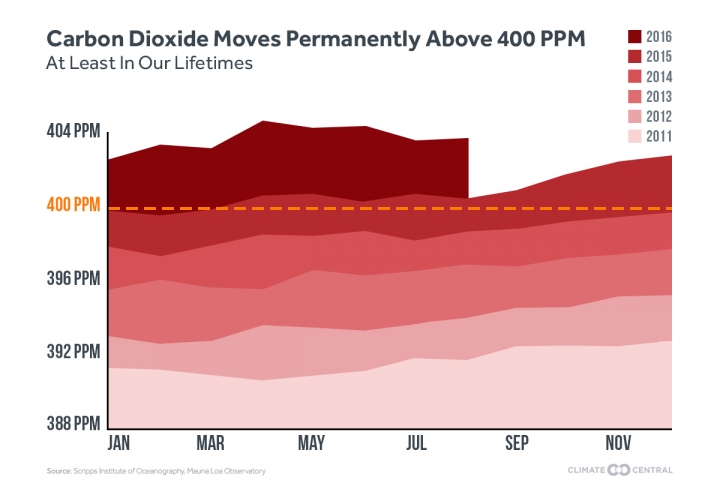
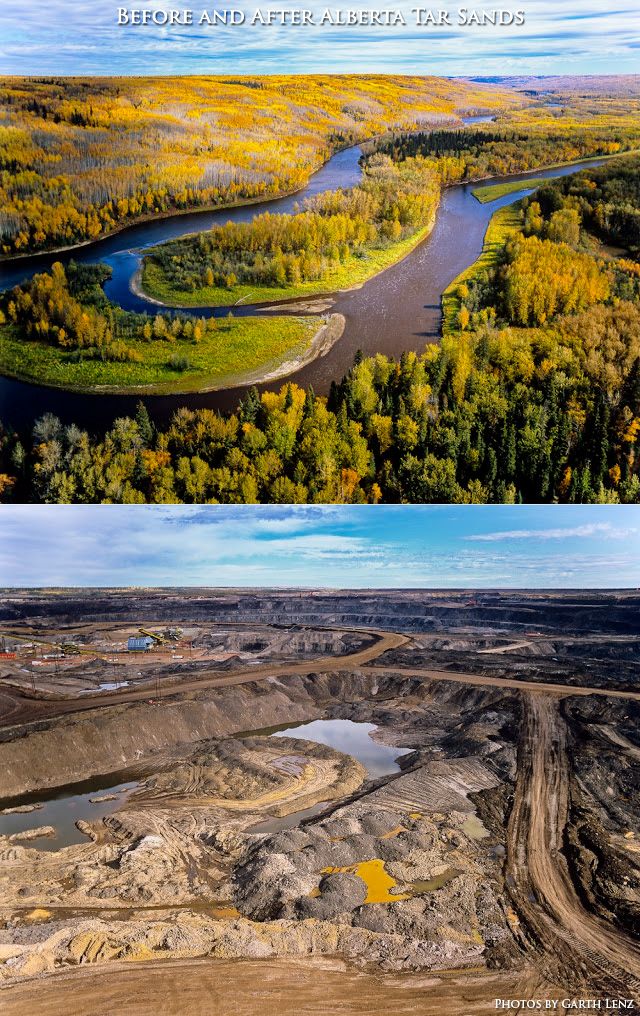
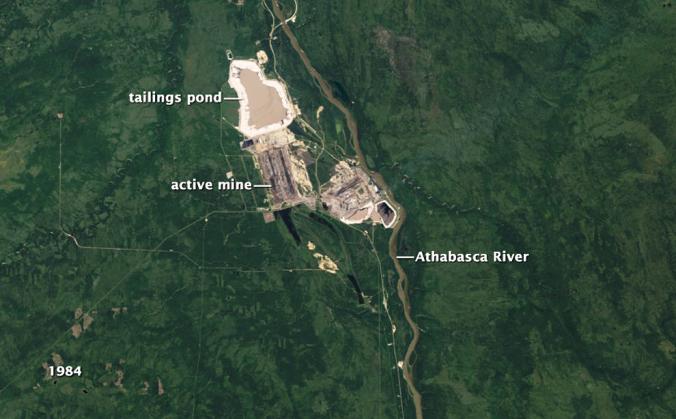
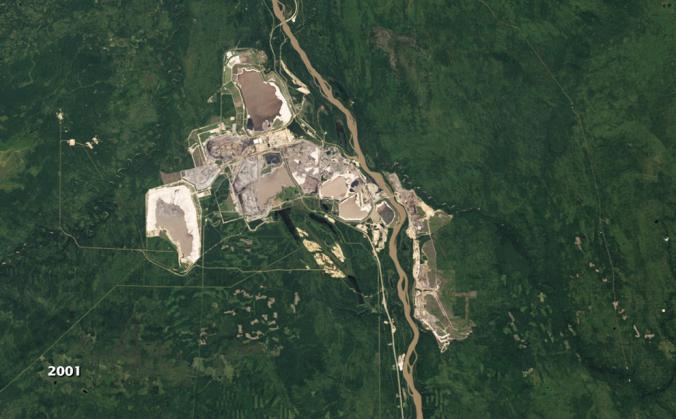


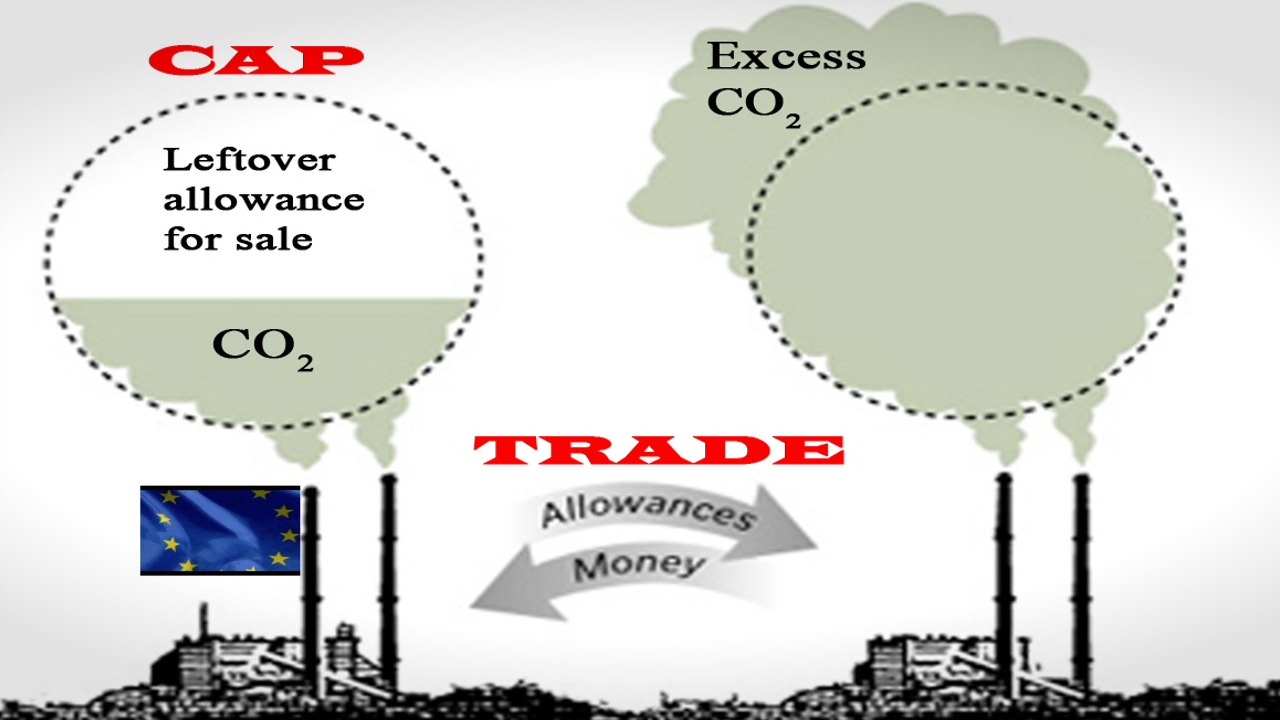
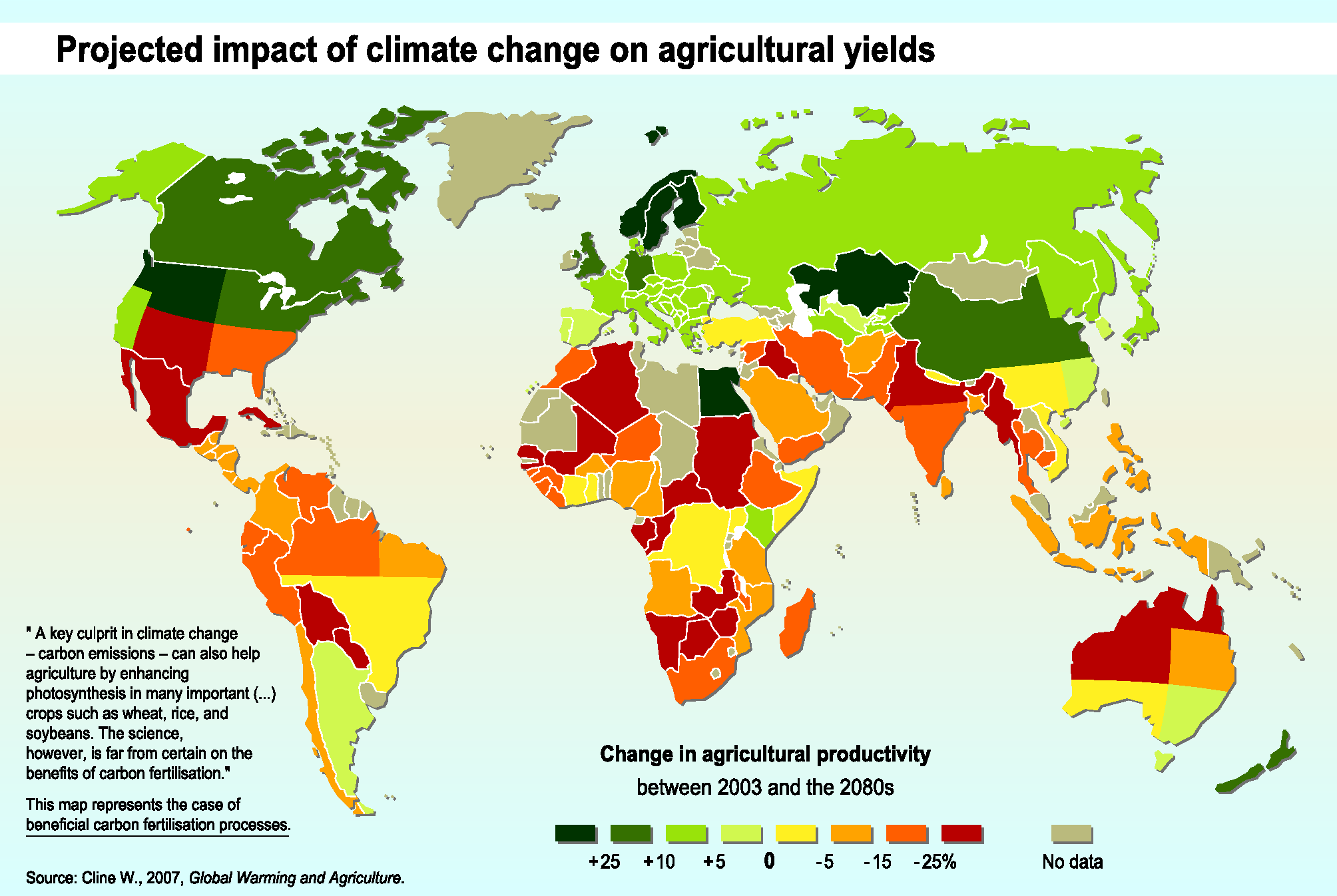
Great paper Chad!!! Thank you for the excellent summary!